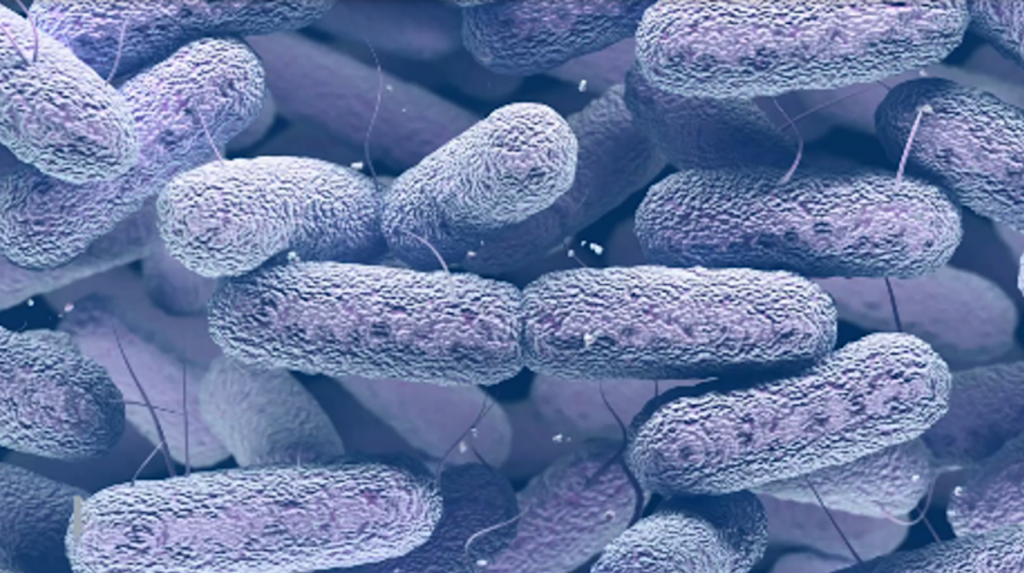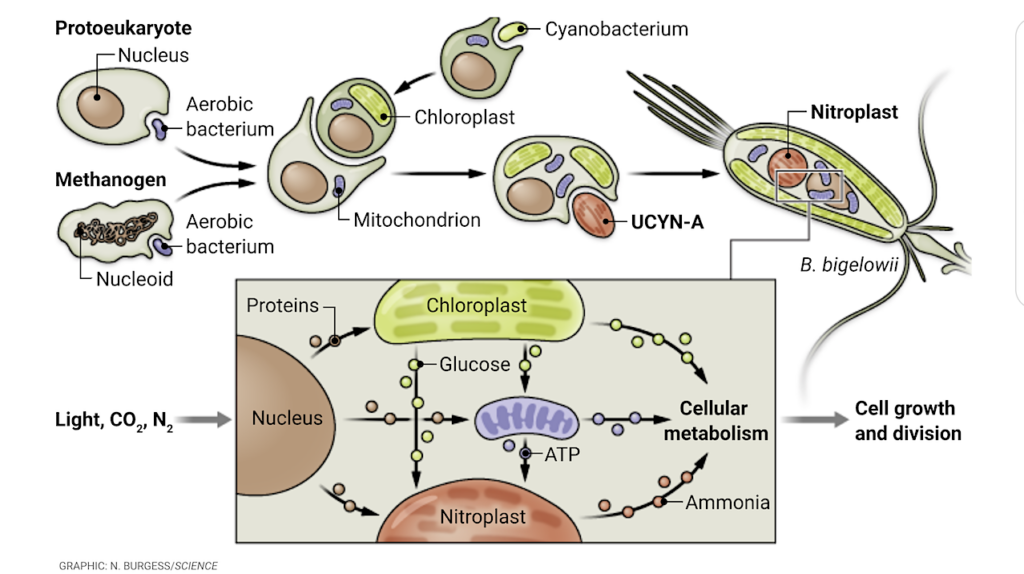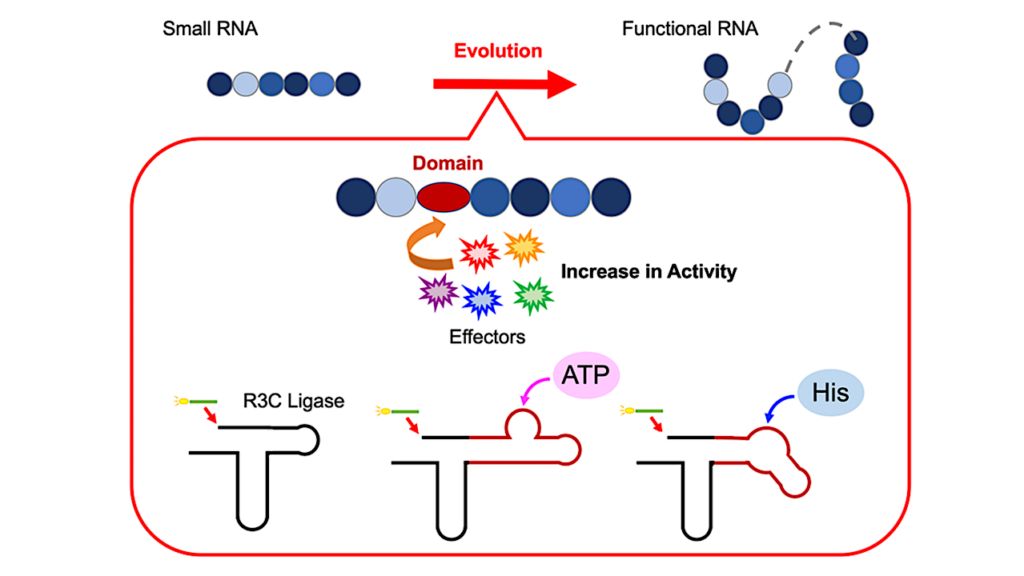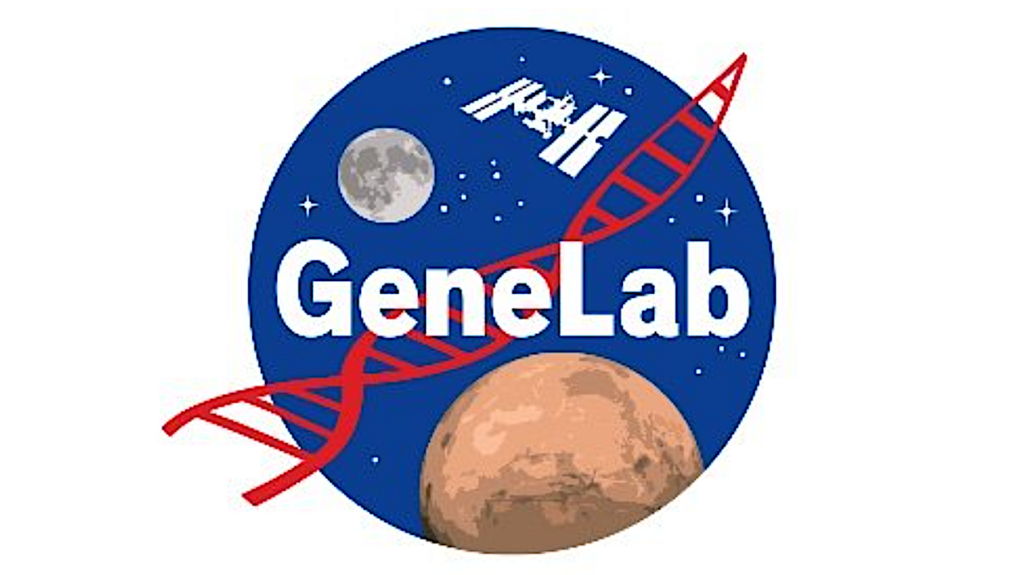Genome Sequence Of Chlamydomonas reinhardtii Submitted To NASA Genelab Data Repository

Chlamydomonas reinhardtii is the first single-cell green algae data to be submitted to NASA GeneLab’s Data Repository. Microalgae such as this convert light, water, & carbon dioxide into biomass under artificial light conditions, a necessity for space photosynthetic production.
Although there is great promise in developing algae for chemical or food production in space, most spaceflight algae growth studies have been conducted on solid agar-media to avoid handling liquids in microgravity. In their publication, “Selecting for Chlamydomonas reinhardtii fitness in a liquid algal growth system compatible with the International Space Station Veggie plant growth chamber,'” authors J. Zhang, B. S. Muller, K. N. Tyre, F. Bai, Y. Hu, M. Resende, B. Rathinasabapathi, and A. M. Settles report that breathable plastic tissue culture bags can support robust growth of Chlamydomonas reinhardtii in the Veggie plant growth chamber, which is used on the International Space Station to grow terrestrial plants.
See the whole-genome sequence data here
The Space Algae Experiment Verification Test completed a competitive growth selection on mutagenized microalgae in a series of batch cultures that were passaged for three growth cycles. The experiment was conducted with ground control conditions similar to those actually used in spaceflight.
Cultures were limited in growth rate due to gas permeable membranes to provide oxygen and carbon dioxide exchange and a lack of agitation to mix the cells throughout the liquid media. Two strains were grown and three biological replicates were completed for each strain.
Specific variables (factors) tested were: 1) The effect of UVC mutagenesis was tested by sampling the algae cultures prior to mutagenesis. 2) The sensitivity of different strains was tested by conducting the experiment with a wild-type and cell wall mutant (cw15) strain. 3) The effect of competitive growth was tested by sampling each biological replicate experiment at the end of each growth cycle. 4) The effect of live culture storage in the dark was tested by sampling each growth cycle twice.
At the time of passage, a sample of cells was pelleted and frozen. The cultures were then stored in the dark in a Cargo Transport Bag (CTB) to simulate storage on the ISS and return of cultures. This factor tested whether cultures could be stored alive in the dark or if samples needed to be fixed at the time of passage in order to get an accurate representation of the genetic variation in each cycle of growth. Paired-end, whole genome sequencing was completed for 38 samples: 2 strains pre mutagenesis and 2 strains X 3 biological replicates X 3 growth cycles X 2 storage conditions








